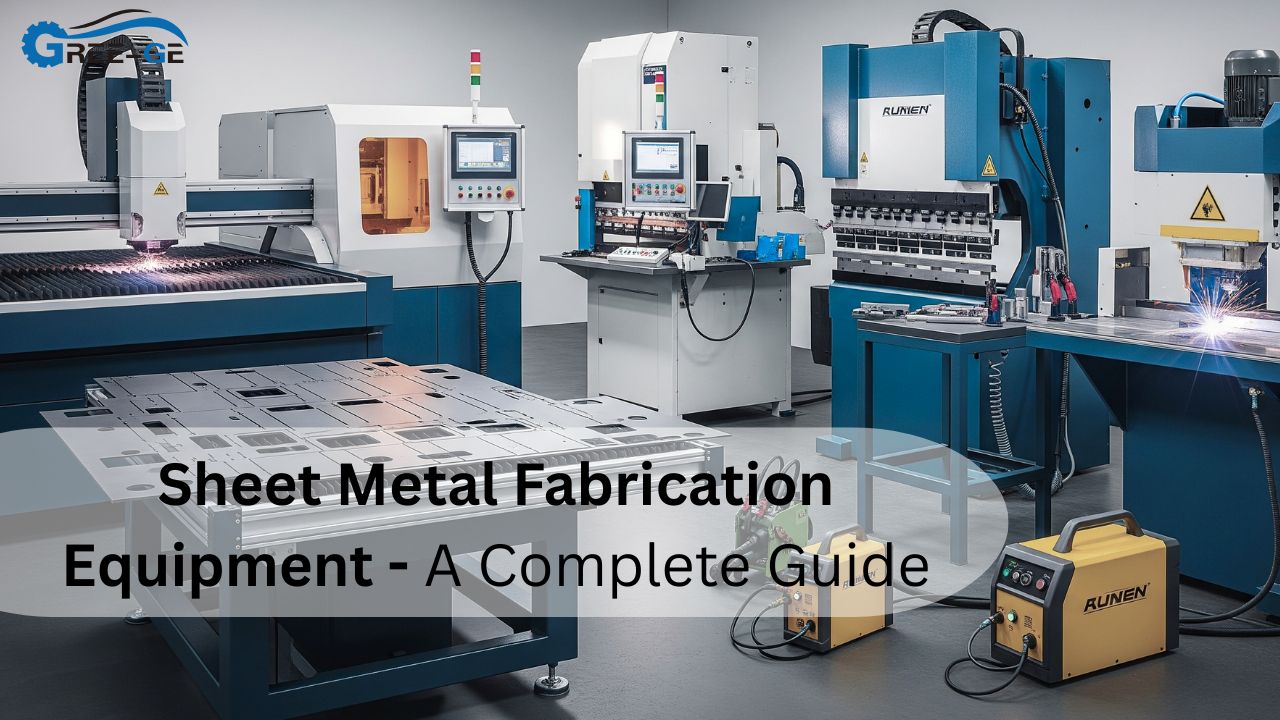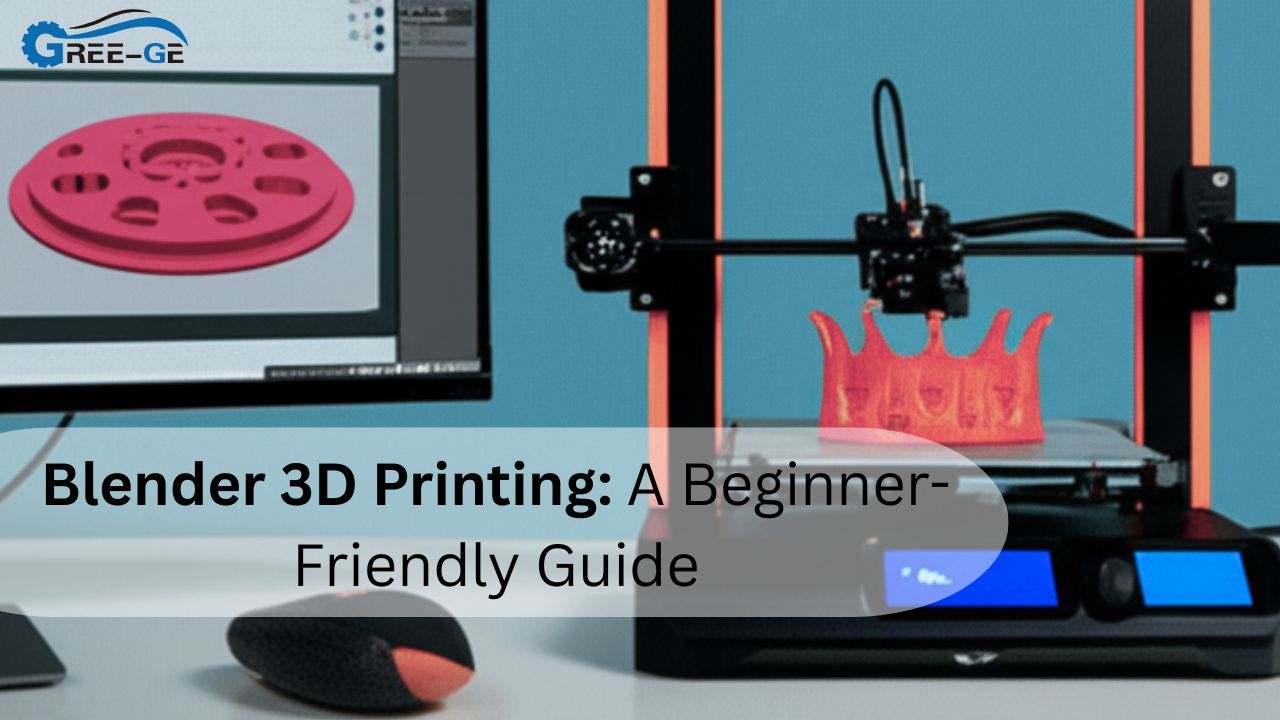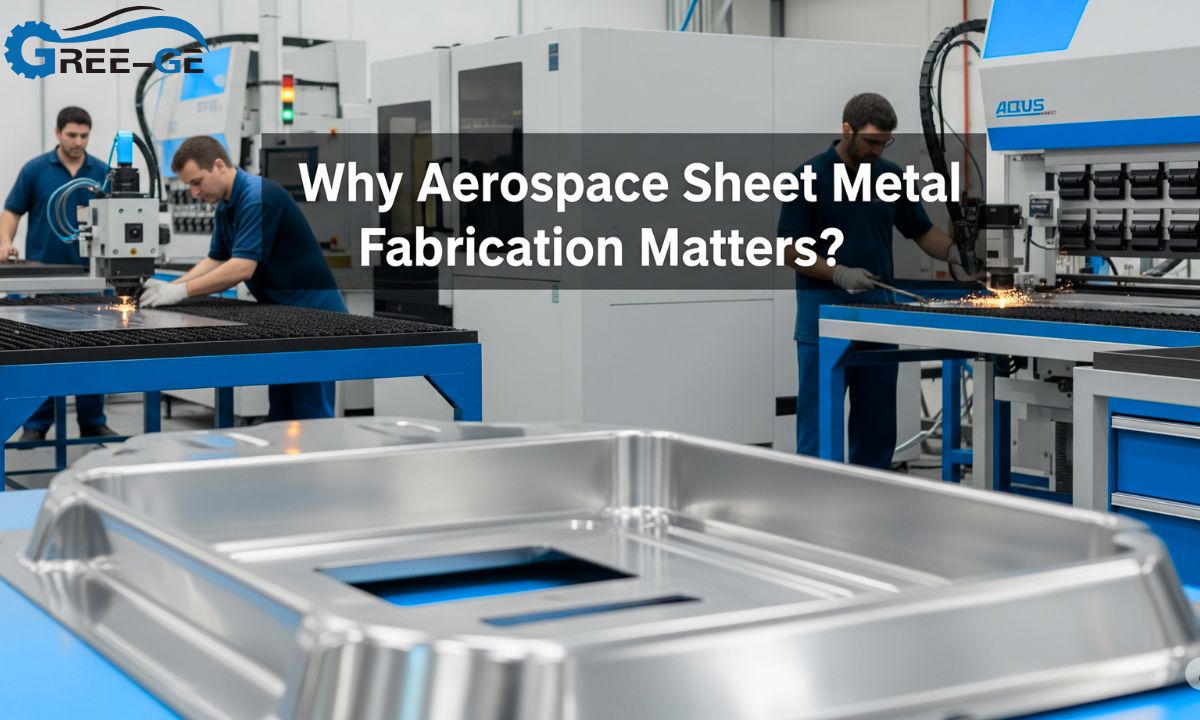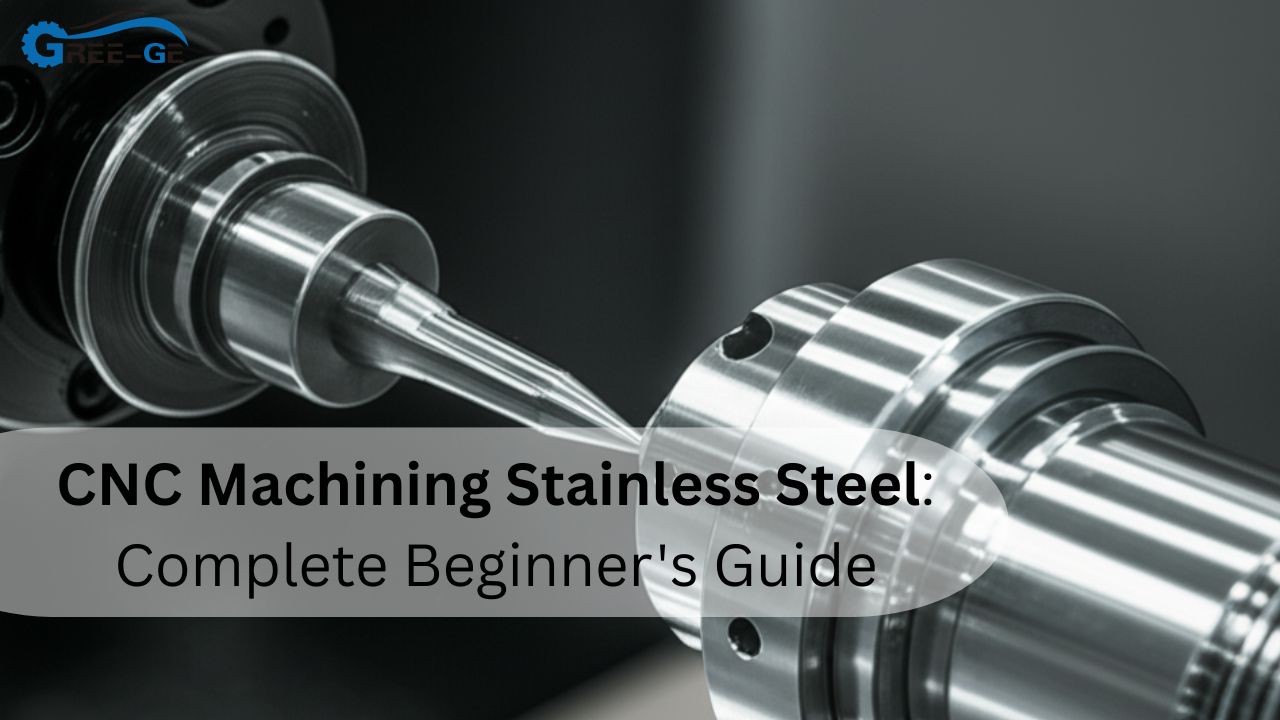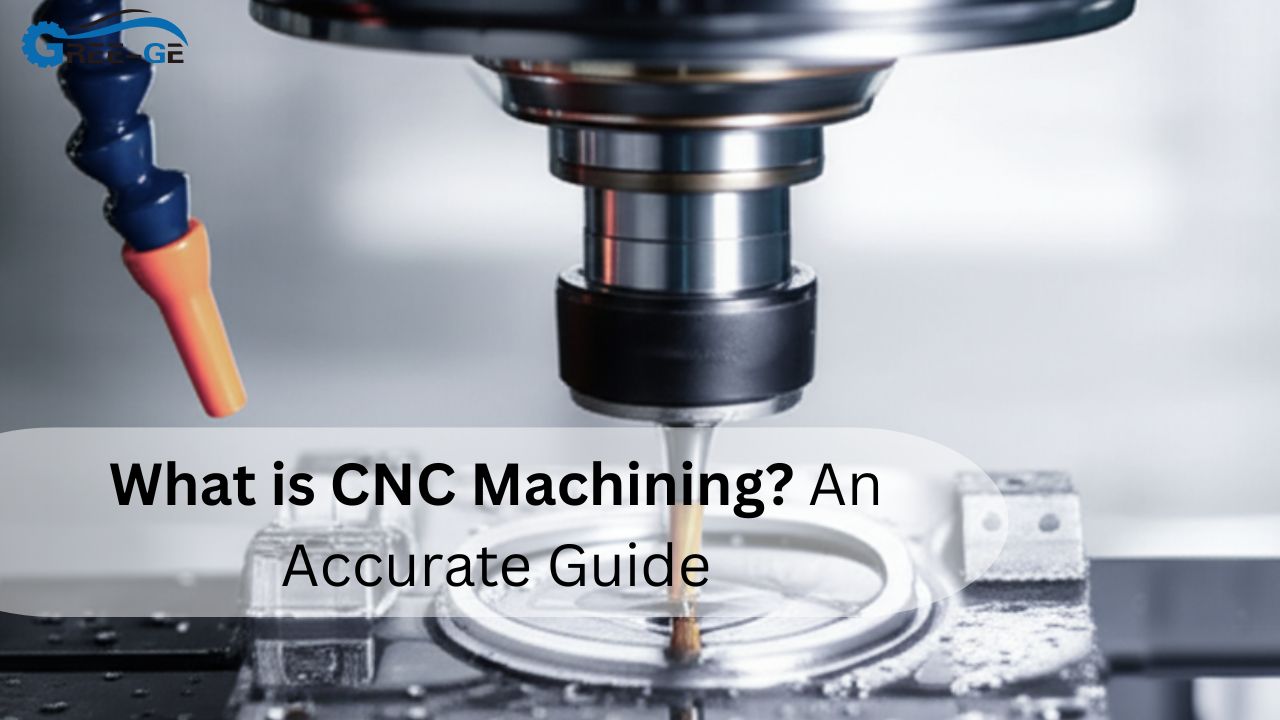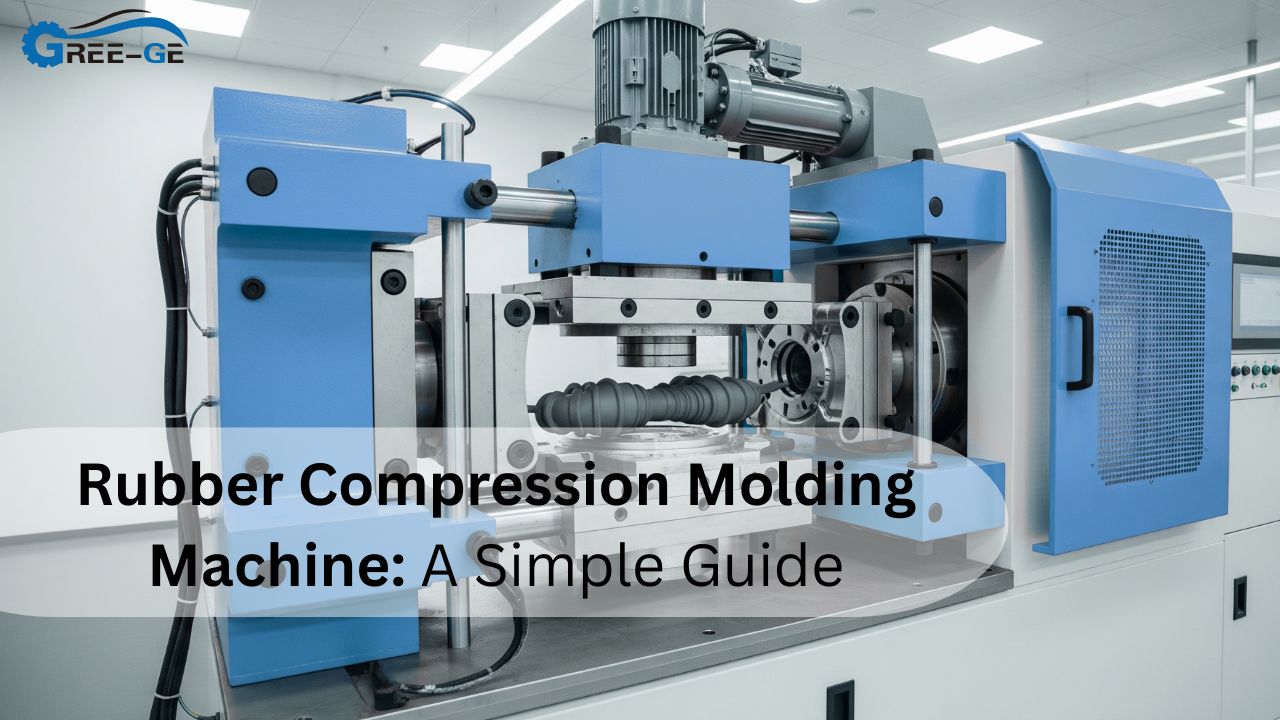The process of sheet metal fabrication involves turning a sheet metal into a useful part and product. It involves such processes as assembling, punching, bending and cutting. They are used to manufacture components, tools and machinery in the various industries. Precision sheet metal fabrication is applied in electronics, automotive and in aerospace. Specialized sheet metal fabrication equipment is needed to perform every step.
What is Sheet Metal Fabrication?
The sheet metal fabrication refers to the process of using metal sheets in forming some needed shapes. Raw materials normally involve the use of aluminum, stainless and carbon steel. There are a number of tools and machines which are used by fabricators to cut, bend and join these sheets. This method allows mass production and custom parts. The sheet thickness normally varies between 0.5mm to 6 mm.
Types of Sheet Metal Fabrication Equipment
Various machines are used in the fabrication process, and the most common ones are listed below.
Shearing Machines
Used for straight-line cuts on metal sheets. Suitable for trimming edges quickly.
Laser Cutters
High-precision tools that use lasers to cut intricate designs. Useful for aluminum sheet metal fabrication.
Press Brakes
Machines that bend metal sheets with exact angles. They use top and bottom dies to create the desired shape.
Punch Presses
Used to punch holes and shapes in metal sheets. These machines apply a large amount of force in a short time.
Rolling Machines
Turn flat sheets into curved shapes. These are used for creating cylinders or cones.
Welding Machines
Join metal parts using heat. Common welding methods include TIG, MIG, and spot welding.
Common Sheet Metal Fabrication Equipment and Uses
| Equipment Type | Main Function | Suitable For |
| Shearing Machine | Straight-line cutting | All metal sheets |
| Laser Cutter | Precision cutting and engraving | Aluminum and stainless steel |
| Press Brake | Bending metal sheets | HVAC parts, enclosures |
| Punch Press | Punching holes or slots | Automotive and construction parts |
| Rolling Machine | Rolling flat metal into curves | Pipes, tanks, curved enclosures |
| Welding Machine | Joining metal parts | Frames, structures, boxes |
Importance of Precision in Fabrication
Precision is essential in sheet metal work. Small errors can lead to product failure or waste. A precision sheet metal fabrication manufacturer uses advanced software and automated tools. This ensures all parts meet exact specifications. Tolerance levels are kept very low. Precision helps reduce costs and improves product life.
Aluminum Sheet Metal Fabrication
Aluminum is very light, corrosion resistant and easily formable. This is the reason why people use them in such industries as automotive and aerospace. A laser cutter or CNC router may cut the material. The cutting of aluminum needs special services and equipment. Parts made of aluminum are anodized frequently to add durability.
Comparison of Aluminum vs Steel in Fabrication
| Feature | Aluminum Sheet Metal | Steel Sheet Metal |
| Weight | Light | Heavy |
| Corrosion Resistance | Excellent | Moderate to Low |
| Weldability | Moderate | High |
| Strength | Medium | High |
| Cost | Higher | Lower |
How Precision Sheet Metal Fabrication Works
Precision fabrication involves computer-controlled machines such as CNC machines. The CAD (Computer-Aided Design) software plans the steps. The CAM (Computer-Aided Manufacturing) software controls the machines. Most precision manufacturers follow strict quality checks. They also use 3D measuring tools for verification.
Benefits of Using Modern Fabrication Equipment
There are several advantages associated with modern sheet metal fabrication equipment. Machine tools are faster and precise as compared to manual tools. This eliminates human labour and wastage of materials. By automation, production on a large scale is possible and reproducible. You can also use high technology with other varieties of metals. Many factories now use robotics to speed up production.
Role of Fabrication in Different Industries
Many sectors depend on sheet metal parts. These include:
- Automotive: body parts, engine covers, exhaust systems
- Aerospace: brackets, wing parts, ducts
- Construction: HVAC ducts, panels, framing components
- Electronics: enclosures, casings, heat sinks
- Furniture: cabinets, tables, decorative panels
Precision sheet metal fabrication helps create reliable and strong components in each industry.
Challenges in Sheet Metal Fabrication
Even with modern tools, there are challenges:
- Material waste during cutting
- Tool wear and maintenance
- High initial investment in equipment
- Need for skilled technicians
- Managing heat and stress in thin sheets
Fabricators need to monitor machines regularly and train staff properly. Software updates and machine calibration are also necessary.
Choosing the Right Equipment for Your Needs
When selecting sheet metal fabrication equipment, consider:
- Material types (aluminum, steel, etc.)
- Volume of production
- Accuracy and tolerance requirements
- Available space and power supply
- Budget for equipment and operation
Smaller shops may start with basic machines. Larger facilities can invest in automation and robotics.
Maintenance of Fabrication Equipment
The maintenance is what maintains life and performance of the machine. Operate per instructions given by the manufacturers. Do an oil check, clean the parts and change the used tools. Keep the software updated. Perform inspections once a week or once a month, depending on usage.. An inexpensive fault may cause costly downtimes.
The Future of Sheet Metal Fabrication
Technology continues to improve this field. Laser cutters are becoming faster and more efficient. IoT sensors are tracking machine health in real-time. The goal is better quality with less cost and time.
Final Words
The modern manufacturing industry is supported by sheet metal fabrication equipment. There are a range of tools that have varied functions; some are cutting and others are welding. The result of precision sheet metal fabrication is that all parts fit. It is important to use the right equipment whether working on aluminum or steel. With the advancement of industries, there will be improvement in the technology and techniques in fabrication.
FAQs
What is the use of sheet metal fabrication equipment?
It applies to cutting, bending, punching, and welding metal sheets to create final parts and structures
Which machine is best for precise cutting?
Laser cutters provide precision especially in the case of detailed and complex shapes.
Is it possible to use aluminum sheets in fabrication?
Aluminum is lightweight, corrosion-resistant and it is easy to mold with the modern equipment so yes.
What industries use sheet metal fabrication the most?
Automotive, aerospace, electronics, and construction rely heavily on sheet metal parts.
How often should fabrication machines be maintained?
Perform regular maintenance weekly or monthly to ensure performance and avoid downtime.
